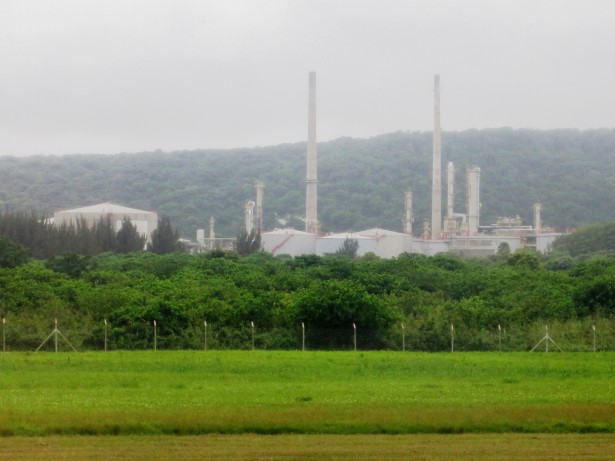According to an article in the Wall Street Journal by Russel Gold and Tom McGinty, in October 2013, nearly 15 million Americans live within one mile of a fracking well.
For many, these new neighbors have been welcomed, in part because of the influx of economic stimulus they provide in the form of new employment, leasing fees for land use, and tax revenue. Others, however see the process of installing, maintaining and utilizing an oil well to be a loud, smelly and sometimes dangerous addition to the neighborhood. The presence of the wells can be both divisive and community building. One town’s financial wind fall could potentially mean another town’s water supply is no longer a viable option. One man’s new lease on life through the arrival of monthly lease payments could mean the ruin of his neighbors breath-taking view and the plummeting of his land’s value.
In some cases, there are also significant health concerns in relationship to those who are living in the vicinity of hydro-fracking wells. As reported by Gary Wockner in EcoWatch in April of 2013, the most common health complaints include such things as headaches, dizziness, coughing, nose bleeds, and gastro-intestinal ailments. Also, people are showing concern about the chemicals used in the fraking process. What are they exactly? What are the health risks for long term exposure? Do they cause more serious illnesses? In fact, a group of sixty-four environmental and community groups have recently filed a petition demanding federal limits on toxic oil and gas well air pollution. The groups cited available data which suggested that at least 100,000 tons per year of hazardous air pollution from oil and gas sites are being released into the air in astounding rates.
But many of the communities that welcome the oil and gas production into their neighborhoods do so simply because they need the economic stability, jobs, and tax revenue that they can bring. According to the Energy Tomorrow blog, nearly 9.8 million jobs are supported by the natural gas industry, and contributes $1.2 million to the national gross domestic product, citing a 2011 PwC study published by American Petroleum Institute. In addition, according to Tristan Navera a staff reporter for the Dayton Business Journal, permits for a $500 Million Middletown Energy Natural Gas Plant, have been filed as of June 2014. If successful, this plant could bring over 300 jobs during it’s construction, and provide jobs for a 25 plant crew.
So what does this mean for the people of Ohio? Can there be a balancing act between the various economic, health, and environmental considerations that come with the introduction of oil and gas production into the area? The answers, whatever they are, will be complex. In the end, it is up to the community, and the people who live in the area to gather together the information, weigh the costs and benefits, and come to the decision that best suits their needs and the needs of world in general.


